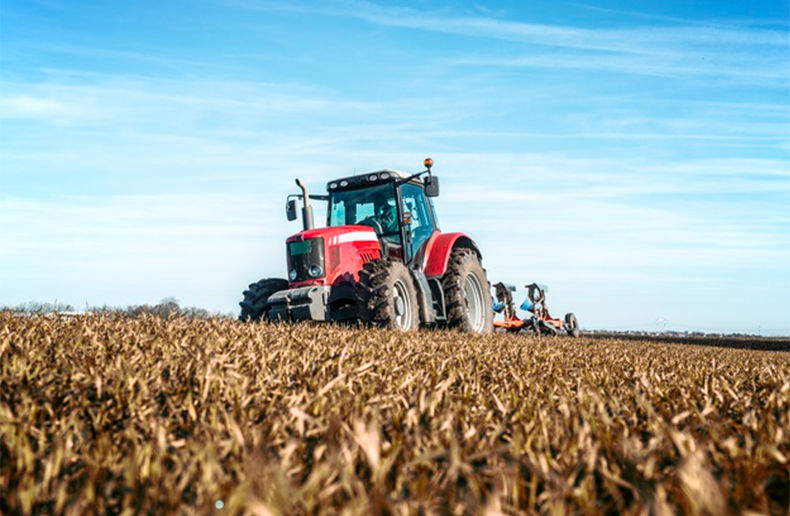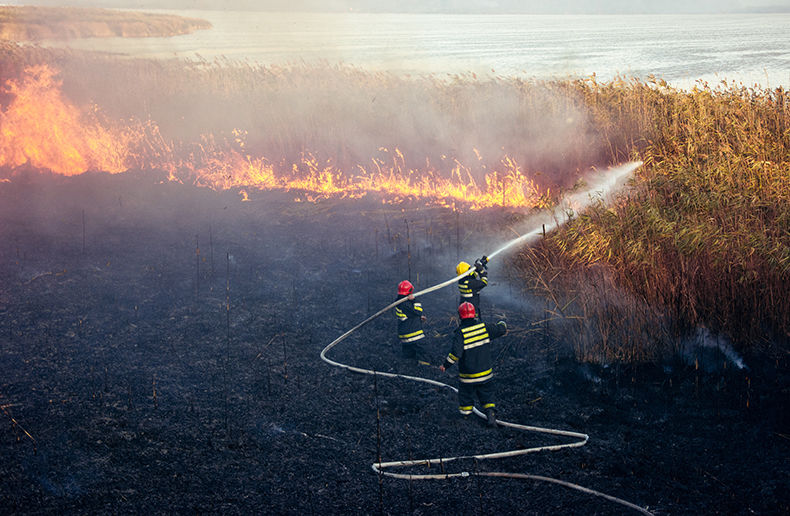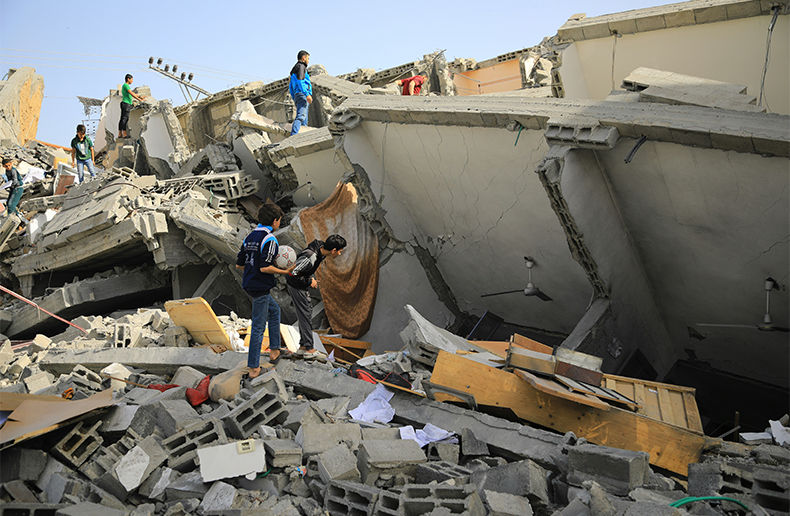A new report from the Swiss Re Institute says globally, the 10 years since 2014 have seen enormous progress on crop resilience but that the crop protection gap continues to widen as inflation increases values and as agriculture in emerging markets becomes more sophisticated.
“This has boosted both the quantity and value of what has to be covered, and so the protection gap widened,” the institute states in its most recent sigma report, Resilience Index 2024: encouraging resilience gains, but more is needed.
They add that the institute’s crop resilience index is now valued at 43 per cent. “This means about 57 per cent of the insurable value of crop production is unprotected. The crop protection gap declined by 15 per cent versus 2022. This was driven by India and was unrelated to economic factors. Removing India, the protection gap rose by 14 per cent year-over-year.”
That said, a rising share of the world’s crops is being insured, they note. “Overall, protection needed and protection available have both risen strongly since 2014, with the latter doing so at a faster pace due to rising insurance penetration and more generous public insurance schemes. While there is more to protect, an increasing share of that amount is insured.”
They conclude by pointing out that more than 80 per cent of the world’s crop protection needs exist in emerging markets which typically have lower insurance penetration. “Some big emerging markets in our sample, such as Indonesia, Columbia and Nigeria, have almost negligible crop insurance penetration, highlighting that resilience would benefit from even modest innovations and improvements.”













